Industry information
Company News
- Customized aluminum veneer, creating a new trend of personalized space
- Aluminum veneer customization, creating a new trend of personalized space
- Aluminum veneer: the fashionable new favorite of modern architecture
- Fluorocarbon aluminum veneer: a fashionable choice in modern architecture
- Fluorocarbon aluminum veneer: a perfect combination of architectural aesthetics and durability
Industry dynamics
- Fluorocarbon aluminum veneer, the new darling of modern architecture!
- High quality selection of special-shaped roller coated aluminum veneer
- Application of perforated aluminum veneer in curtain walls in modern architecture
- Fluorocarbon aluminum veneer: a fashionable choice for modern architecture revealed
- Anti puncture performance of imitation wood grain aluminum veneer
Frequently asked questions
- What is the thermal expansion coefficient of aluminum veneer?
- Is the use of aluminum veneer limited by geographical environment?
- Is there a wide range of color options for aluminum veneer?
- How sustainable is aluminum veneer?
- Can aluminum veneer be applied to the exterior design of sports buildings?
contact us
Mobile:+86 15627778610
Email: 2201229786
Address: No. 5 Binjiang Road, High tech Zone, Zhaoqing City, Guangdong Province
What is the thermal deformation temperature of fluorocarbon aluminum veneer?
- Author: Xinlongtai Aluminum Industry (Guangdong) Co., Ltd
- Release time: 2022-03-01 18:37:45
- Click:0

FluorocarbonAluminum veneerIt is a building material widely used in fields such as architecture, billboards, curtain walls, etc. In addition to its excellent weather resistance, corrosion resistance, and decorative properties, fluorocarbon aluminum veneer also has a certain thermal deformation temperature. The following will provide a detailed introduction to the thermal deformation temperature and its influencing factors of fluorocarbon aluminum veneer.
1. Definition of hot deformation temperature
The hot deformation temperature refers to the temperature at which a material begins to deform after being heated. In architecture, thermal deformation temperature is commonly used to evaluate the processing performance and plasticity of materials.
1. Thermal deformation temperature of fluorocarbon aluminum veneer
The thermal deformation temperature of fluorocarbon aluminum veneer is related to factors such as its material and production process. High quality fluorocarbon aluminum veneer is usually made of high-strength aluminum alloy material, which is precision processed and treated to form a hard oxide film on its surface, thereby improving its hardness and wear resistance. Fluorocarbon aluminum veneer also has good thermal stability and thermal conductivity, which can effectively control its thermal deformation temperature.
It should be noted that the thermal deformation temperature of fluorocarbon aluminum veneer is not absolute, and its performance is affected by various factors such as material quality, usage environment, thickness, etc. When using fluorocarbon aluminum veneer, it is necessary to choose and design according to the specific situation, and follow the manufacturer's instructions and maintenance suggestions to ensure the service life and stable performance of fluorocarbon aluminum veneer.
Fluorocarbon aluminum veneer has a certain thermal deformation temperature, which can improve its processing performance and plasticity to a certain extent. However, the specific thermal deformation temperature still needs to be evaluated and determined based on factors such as material characteristics and production processes. Consumers should choose fluorocarbon aluminum veneer products that meet the standards and follow the manufacturer's instructions and maintenance recommendations to ensure the service life and stable performance of fluorocarbon aluminum veneer. Attention should also be paid to the characteristics of materials and structural limitations during design and installation to ensure that the construction effect meets the requirements.

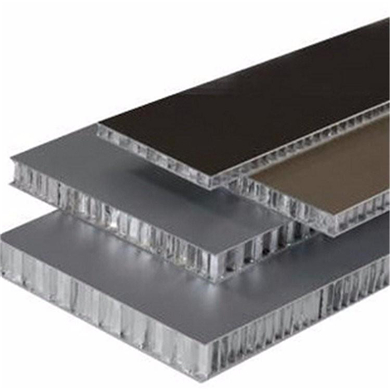
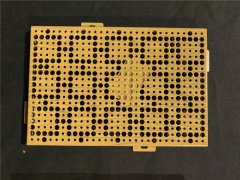
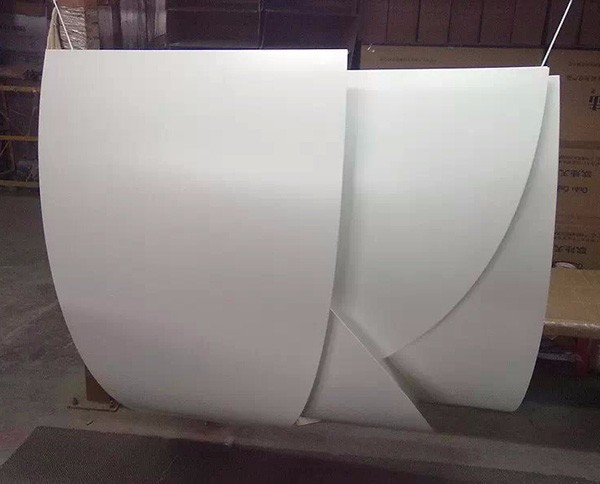
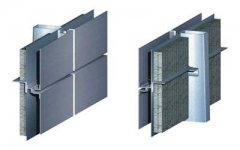
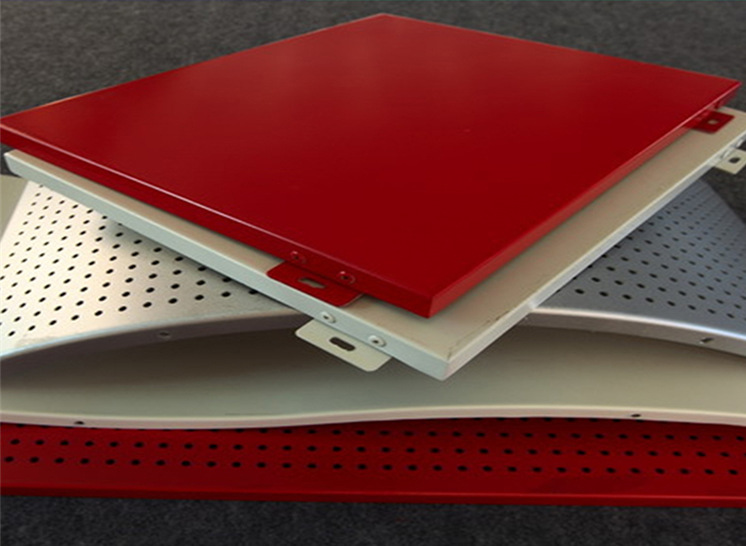
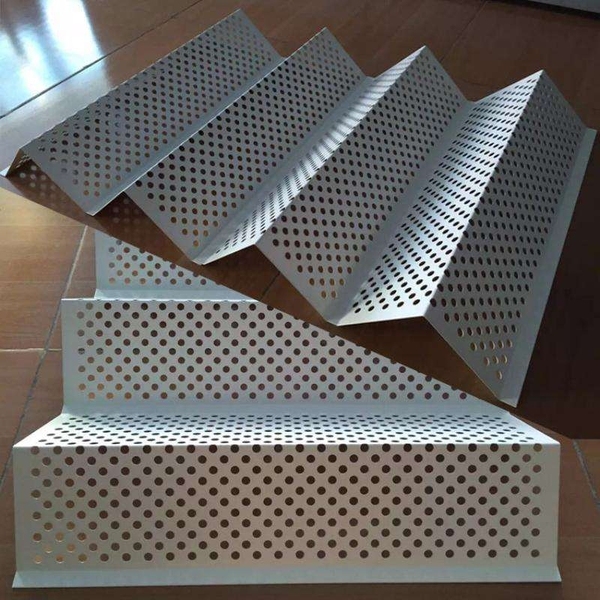
 Customer service QQ
Customer service QQ